- About us
- Support the Gallery
- Venue hire
- Publications
- Research library
- Organisation chart
- Employment
- Contact us
- Make a booking
- Onsite programs
- Online programs
- School visit information
- Learning resources
- Little Darlings
- Professional learning
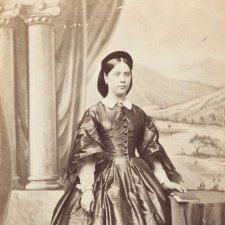
Julia Matthews (1842-1876), actress and singer, came to Australia as a girl with her parents, and made her debut at Sydney's Royal Victoria Theatre in 1854, aged twelve.
1 portrait in the collection

Part of the Melbourne intellectual avant-garde of the 1940s, Howard Matthews was a brilliant student.
1 portrait in the collection

In 1997 Grant Matthews successfully sued Consolidated Press for unauthorised reproduction of one of his photographs.
1 portrait in the collection
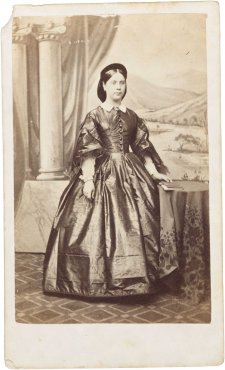

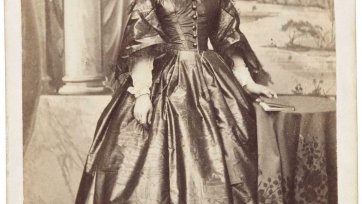
Collection: National Portrait Gallery
Purchased 2010
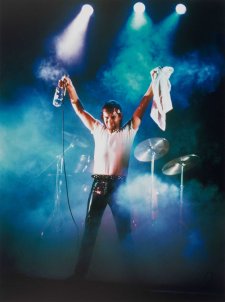

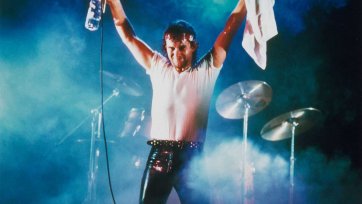
Gift of John McLean 2008

Collection: National Portrait Gallery
Purchased 1999


Infatuation and (ill-fated) exploration
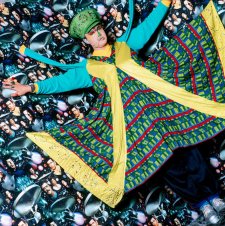


Gift of Claudia Hyles, Dr Christiane Lawin-Bruessel, Gwenda Matthews, Gael Newton, Anne O'Hehir, Susan Smith and Dominic Thomas in memory of our friend, Robyn Beeche 2016
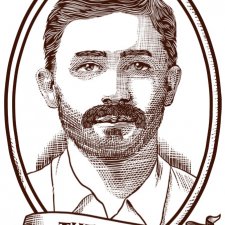
One of the versions of thick, macho moustache strongly associated in the Australian visual lexicon with sportsmen of the 1970s and 80s.

Celebrate the people, places and sounds of Australian pub rock and its enduring impact on our nation’s identity.
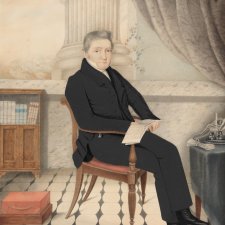
Richard Fitzgerald (1772-1840), convict, public servant and settler, spent four years of his seven-year sentence imprisoned (probably on a floating 'hulk') at Portsmouth before arriving in Sydney in 1791, along with his private assets.
1 portrait in the collection

The second annual brand-awareness snapshot of the National Portrait Gallery is again positive, with indicators moving in the right direction – for the Gallery and for Australia’s cultural engagement.
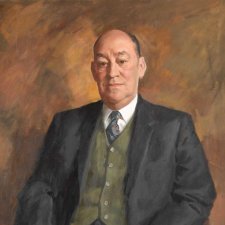
Sir Edgar Barton ‘EB’ Coles (1899-1981) was the longest-serving chief executive of the Coles retail group.
2 portraits in the collection
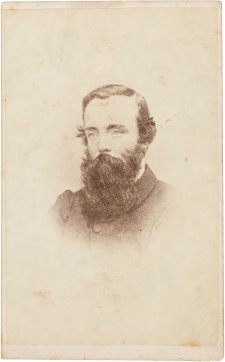

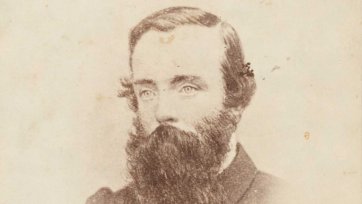
Collection: National Portrait Gallery
Purchased 2001

Certain European leaders (needless to name) had the effect of making certain styles of facial hair decidedly undesirable in the years immediately after World War 2.